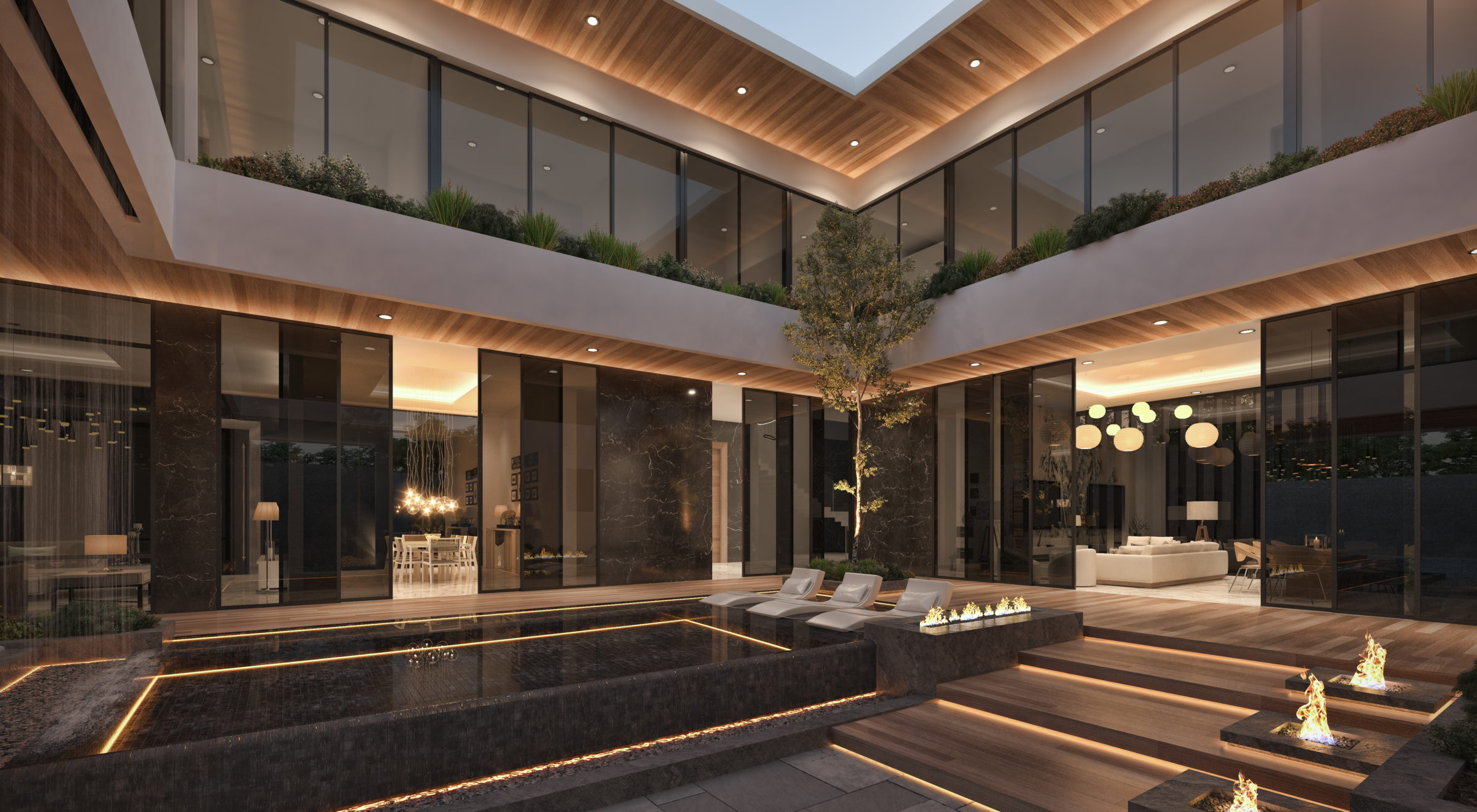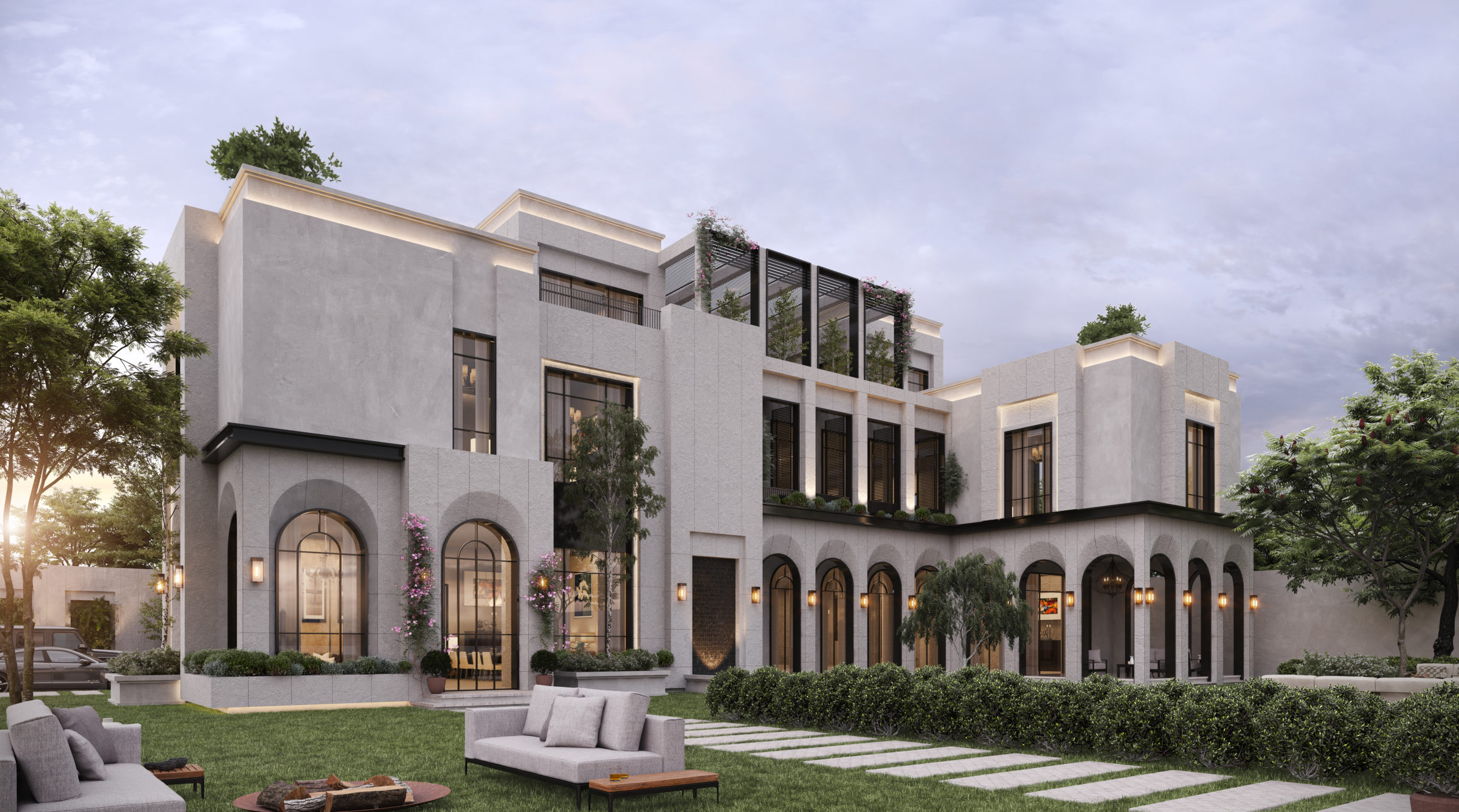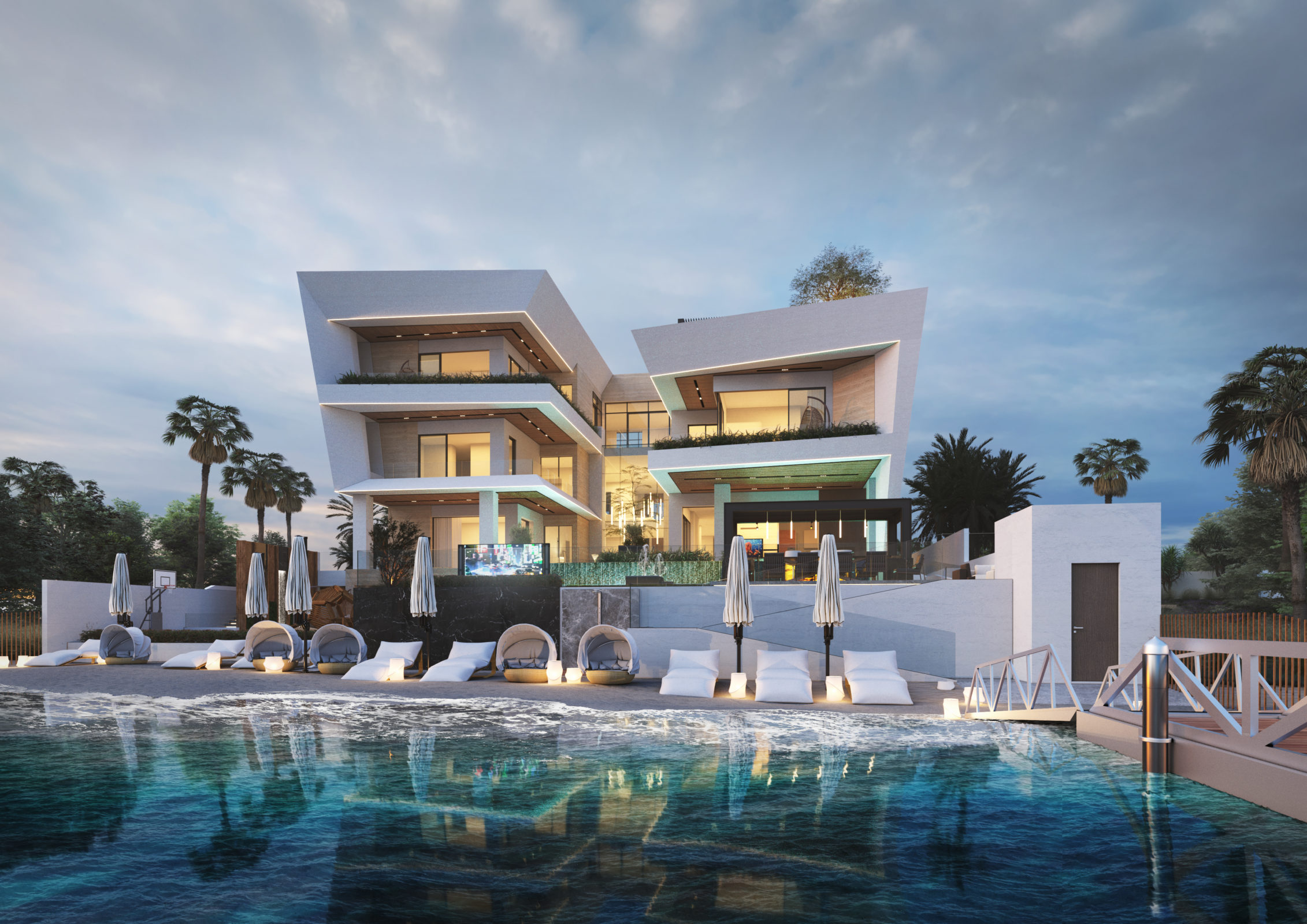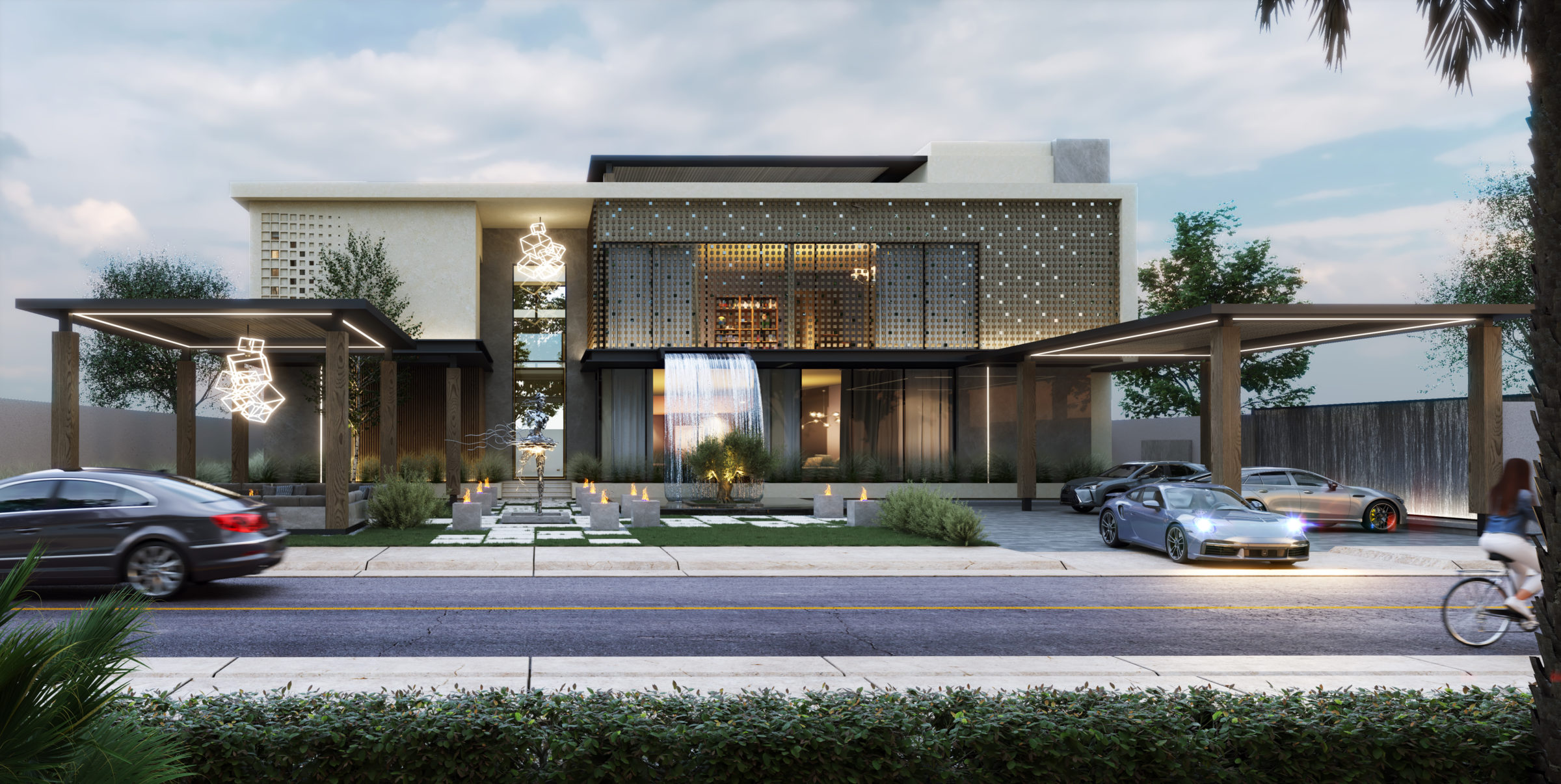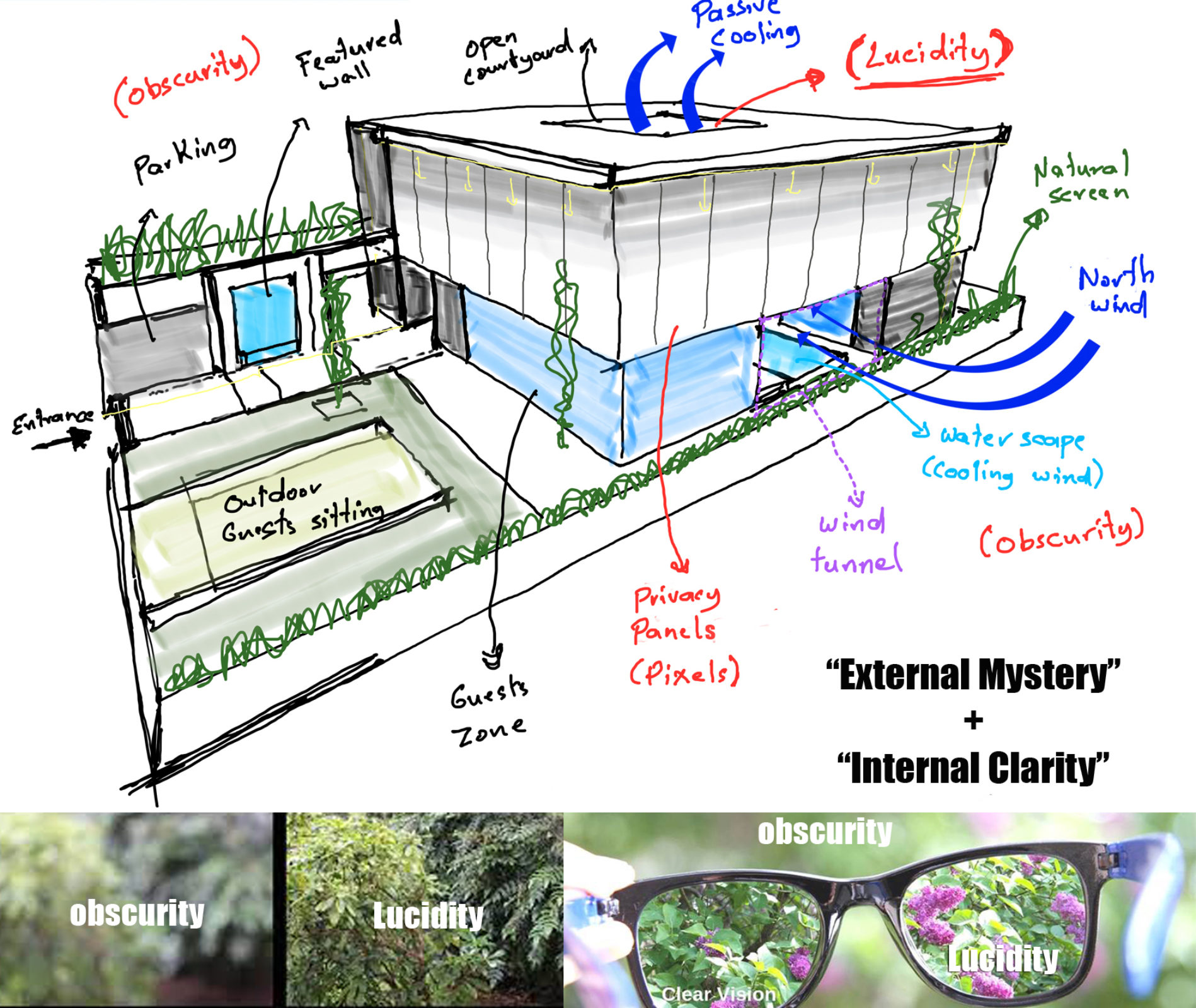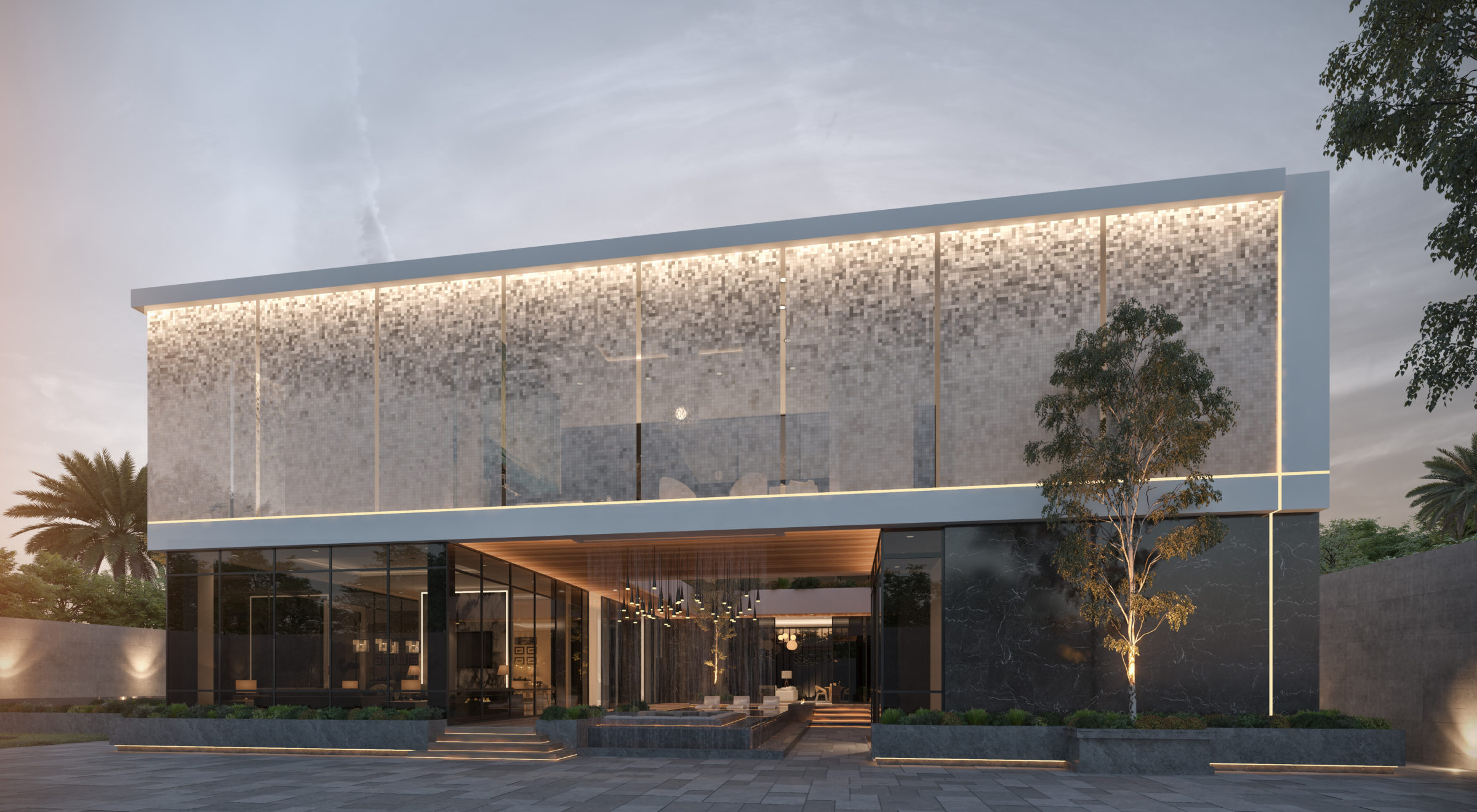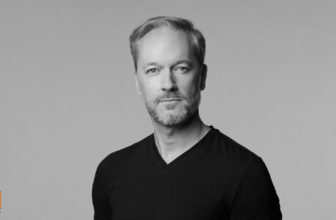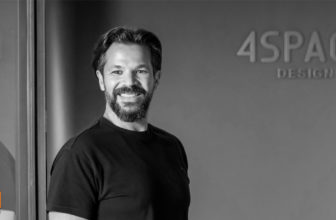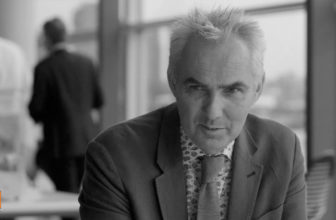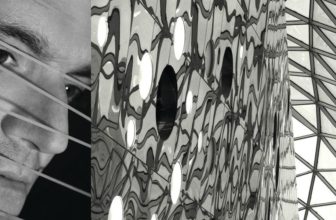Can you tell us about your background and experience as a designer? How did you get started in this field?
I come from a family of architects; as both my parents and my sole younger brother are architects, and because of that, I was raised through architecture, as a young child, I learned how to do space planning before I even knew how to draw cartoon characters!
I initially started as a student working part time gaining skills from the more experienced team members, my target from the beginning was to specialize in concept design because I have a passion for it, from a junior architect with multiple creative design firms, and step by step with more time & experience, I was able to become the lead designer in a young age at these firms, after gaining a lot of useful experience, it was the time for me to start my own practice “DesignLink Architecture & Design” and the sky is my limit.
Your website, DesignLink, showcases a wide range of design projects. Can you tell us about a project that you consider to be your most significant or impactful?
Every single project of DesignLink is a special project because each of one them has their own distinctive story and unique identity, as for the most impactful; a home design we did called “Lucidity residence”; designing that home gave us the chance to introduce a new and different design features and ideas.
What were the objectives, and how did you achieve them through your design?
I dream of a world that enjoys the design process and welcome each project with open and positive mindset which will be beneficial for all parties involved in the project. The design stage is the corner stone of each project and the design process should be joyful, hopeful, and full of positive energy.
My objective from the start was to share my passion of architecture with the world and prove that a good and thoughtful architecture can make a better life for humanity.
My approach in design is that I strongly believe that the design stage is a personal matter and it should not focus only on financial gains, but instead, aim to achieve the highest quality possible in each project.
A good and successful design is not only a purpose for the client, it should be an aim for the designer because it serves both parties.
We want to help people get what they desire and need in this stage and with that we ourselves can grow.
As a designer, how do you balance creativity and innovation with meeting client requirements and business objectives? Can you share an example where you successfully merged both aspects?
It is the challenge that I face on a daily basis, managing between the creative and business sides of the company, I try my best every single day to ensure both sides have been attained successfully, Many times have I refused to enter a project just because I wanted to ensure the quality, because I believe that if you want to do something; you either do it right or you do not do it at all, being organized and planning ahead of time with giving every single task its deserved right; it will possible to handle both aspects of creativity and business with ensuring the quality in both.
Your portfolio demonstrates expertise in various design disciplines. Which design discipline or area do you feel most passionate about and why?
Conceptual architectural design, this discipline have always been my career passion and I have a personal objective to master it, by trying to learn and improve every day with every single new project.
Design trends are constantly evolving. How do you ensure that your work stays fresh and relevant in a fast-paced industry? Do you actively seek inspiration, and if so, where do you find it?
Trends may come and go, but the principles of design are forever.
In Architecture, there is a distinctive difference between a nice design and a brilliant one, and in my opinion in what makes a design brilliant is the ability to apply innovative ideas along with a considerate design concept that puts social, cultural, and environmental aspects into perspective and embraces the surrounding features for each project, exploiting advanced technologies and using smart yet appropriate building materials, which in turn can be a favorable addition to the allocated space and deliver a positive experience to both outer scenery and inner space.
Attention to detail is essential in design work. Can you share an example of a project where your meticulousness in detail significantly enhanced the overall quality and impact of the design?
An architectural detail is a small piece of the whole, yet it has the power to characterize and define the whole building, details tell us what a building is; they are fundamental to the life and personality of a space, and I strongly believe in the saying that details are not actually details; they make the whole design.
In one of our projects at DesignLink called “Ataraxia Residence”, one detail that was an element used in the façade design as a method of kinetic architecture which was the screening device made out of small aluminum cubes with wooden texture and some cubes finished with mirror stainless steel plates; these cubes were installed on the outer skin of the building and they can actually rotate with the wind, they are used to reduce the solar gain inside the space and help break the sun beams coming inside, which helps in cooling down the building, and provides a beautiful reflections inside the space as if you are sitting inside a breathable crystal.
This single detail created a distinctive identity to the building a gave it its unique character.
The field of design is highly competitive. What strategies do you employ to differentiate yourself from other designers and stay ahead in the industry?
Mainly, my strategy is to stay motivated and maintain my positive mentality towards design, because I believe that the design stage is the cornerstone of each project, if it was done right; it can provide a better life and the design process should be a creative, positive and a joyful experience for both the designer and the client.
I get to know every client on a personal level, expanding their imaginations and evoking their emotions. With a philosophy that “everyone deserves quality design”, I always aim to provide top-class services, no matter the project type, scale, or location. Hoping to build trust with my clients and make sure to fulfill their needs by always going the extra mile.
Because of that I am able to create an extremely personalized identity for every project, customized solely on the people that will occupy the space, from the space planning, exterior design to the smallest detail used in the project, which provides them a sense of ownership, pride and belonging to the space.
Continuous growth and improvement are essential for professionals. How do you challenge yourself to enhance your skills and knowledge as a designer? Are there any recent design techniques or technologies that you have been exploring?
In the field of construction and design, I believe that we can never stop learning and evolving. I always try to think outside the box when it comes to design (if it serves the purpose) and stay updated with every new idea that can make a difference
Inspired by great architects and learning from their design techniques such as Jean Nouvel, Norman Foster, Santiago Caltrava, Tadao Ando, and many others, when the opportunity presents itself to me, I always try to implement my own (continuingly developing) mark on my designs. Influenced by the memorable quote of the great Mies Van De Rohe “Less Is More”, simple yet smart designs are usually the ones to draw more attention and a have a clear and direct visual impact on the spectators, by utilizing architectural features at the right place and when it is needed.
Can you share an experience where you faced a design-related problem or obstacle that seemed insurmountable at first? How did you approach it, and what were the outcomes?
In my personal opinion, in design; nothing is impossible and everything can be achieved, but how and at what expense are the questions to ask.
In one of our recent home design projects at DesignLink architecture & design, called “Lucidity Residence”, In a land surrounded by neighboring plots and a raised concern about having privacy but at the same time not affecting the openness of the home; we had to go back in time and get our inspiration from the traditional ways of housing design.
Inspired by the traditional arabic courtyard homes that are still viable for living up to this date.
With closed exteriors and an open/well ventilated internal courtyard; we saw an opportunity to create a similar design model but with improvised solutions and a simplistic modern touch.
Defining orientation and ventilation strategies to lessen the need of mechanical ventilation, by using the method of passive cooling.
As a designer, how do you ensure that your designs are accessible and inclusive to people with different abilities and backgrounds?
Architecture is life, and life is for everyone, & everyone deserves quality.
Good quality design can produce better quality of life, it is a human right to have the best possible way of life that can be provided for them.
Even Tho our designs are customized for each owner, we always ensure that every building we design is inclusive to all people with different abilities and accepted by people from different backgrounds.
As a designer, how do you balance creativity and innovation with meeting client requirements and business objectives? Can you share an example where you successfully merged both aspects?What advice do you have for aspiring designers who are just starting their careers? Are there any lessons or experiences from your own journey that you would like to share with them?
Stay motivated, keep learning, have a sense of ownership and responsibility toward your designs.
From my personal experience, because I was passionate about design, and especially at a young age, I have always used every initiative to improve, I did not just sit there and wait for my chance, I created my chances, despite it many times being at my own expense and my own comfort.
If we want to improve; we cannot just stay still, we need to get out of our comfort zone and work hard towards our goals.


